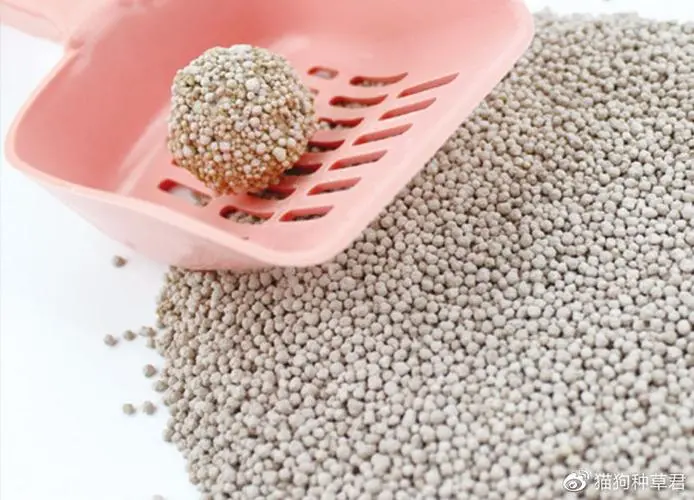
fly ash in cement manufacturer
The Role of Fly Ash in Cement Manufacturing
Fly ash, a byproduct of coal combustion in power plants, has gained significant traction in the cement manufacturing industry. As a supplementary cementitious material (SCM), it contributes to the sustainability of concrete production and enhances the performance of the final product. This article explores the importance of fly ash in cement manufacturing, its benefits, and its implications for the industry.
*1. Understanding Fly Ash*
Fly ash is generated when pulverized coal is burned in electric power generating plants. The fine particles that rise with flue gases are collected using electrostatic precipitators or bag filters. These particles primarily consist of silica, alumina, and iron, and they exhibit pozzolanic properties, which means they can react with calcium hydroxide in the presence of water to form compounds that contribute to the cementitious properties of concrete.
*2. Benefits of Using Fly Ash in Cement*
The incorporation of fly ash in cement offers several advantages
- Environmental Benefits Utilizing fly ash reduces landfill waste, as millions of tons of this material are produced annually. By recycling fly ash in cement production, manufacturers can significantly decrease their carbon footprint and contribute to a circular economy.
- Enhanced Durability Concrete mixes containing fly ash often exhibit improved durability. Fly ash increases the resistance of concrete to sulfate attack, improving its longevity in aggressive environments. This can be particularly important for infrastructure projects where longevity and reduced maintenance costs are critical.
- Workability and Finish Fly ash can improve the workability of concrete mixes, making them easier to handle and pour. The spherical shape of fly ash particles can enhance flowability, allowing for tighter placements and better finishes.
fly ash in cement manufacturer

- Cost-Effectiveness Fly ash can be a cost-effective alternative to traditional Portland cement. By replacing a portion of cement with fly ash, manufacturers can reduce the overall cost of concrete production while maintaining or even improving performance.
*3. Challenges and Considerations*
While the incorporation of fly ash in cement manufacturing is beneficial, there are challenges to consider. The quality and properties of fly ash can vary significantly depending on the source of coal and the combustion process employed. Not all fly ashes are suitable for use in cement. It is critical for manufacturers to conduct thorough testing to ensure the quality and performance of fly ash meets industry standards.
Furthermore, while fly ash usage often lowers the heat of hydration, its water demand can be higher in some mixes, necessitating adjustments in water-cement ratios to achieve the desired workability.
*4. Future Prospects*
The demand for sustainable construction materials continues to rise, and the use of fly ash in cement manufacturing is poised to grow. With increasing environmental regulations and a push for greener building practices, more manufacturers are likely to incorporate fly ash into their production processes.
Research and innovation in fly ash applications are also expanding. For instance, advancements in processing and treatment methods may open doors for utilizing lower-grade fly ash or those from alternative sources, such as biomass energy. This could further enhance the sustainability of concrete production while providing additional markets for fly ash utilization.
*Conclusion*
Fly ash plays a vital role in modern cement manufacturing, offering numerous environmental, economic, and performance benefits. As the construction industry moves towards more sustainable practices, the importance of fly ash and similar materials will continue to grow. By embracing fly ash, manufacturers not only contribute to a more sustainable future but also enhance the quality and longevity of the concrete they produce. The shift towards incorporating industrial byproducts in construction represents a significant step towards innovative and responsible manufacturing practices.
Share
-
Premium Glass Sand Solutions | High Purity SupplyNewsAug.03,2025
-
Premium Talcum Powder Enhanced with GPT-4 Turbo | Soft & Long-LastingNewsAug.02,2025
-
Fly Ash Solutions Enhanced by GPT-4 Turbo | Sustainable InnovationNewsAug.01,2025
-
Natural Premium Bentonite Cat Litter - Superior ClumpingNewsJul.31,2025
-
Premium Resin Coated Sand - High Heat Resistance CastingNewsJul.31,2025
-
High Quality Silicon Carbide Grit for Abrasive ApplicationsNewsJul.30,2025






